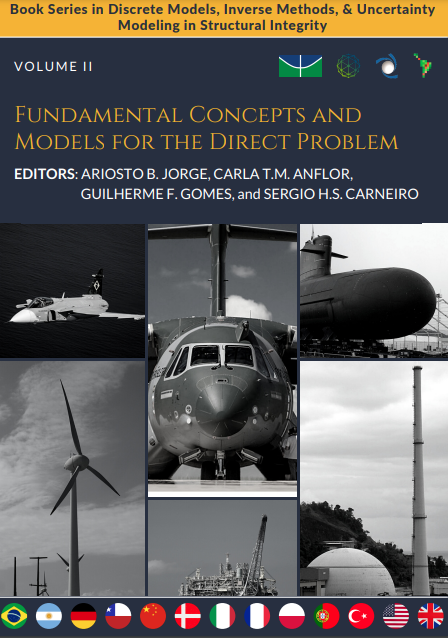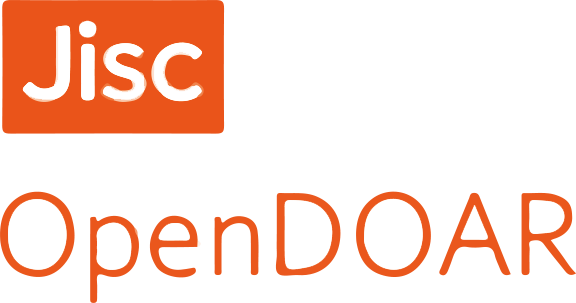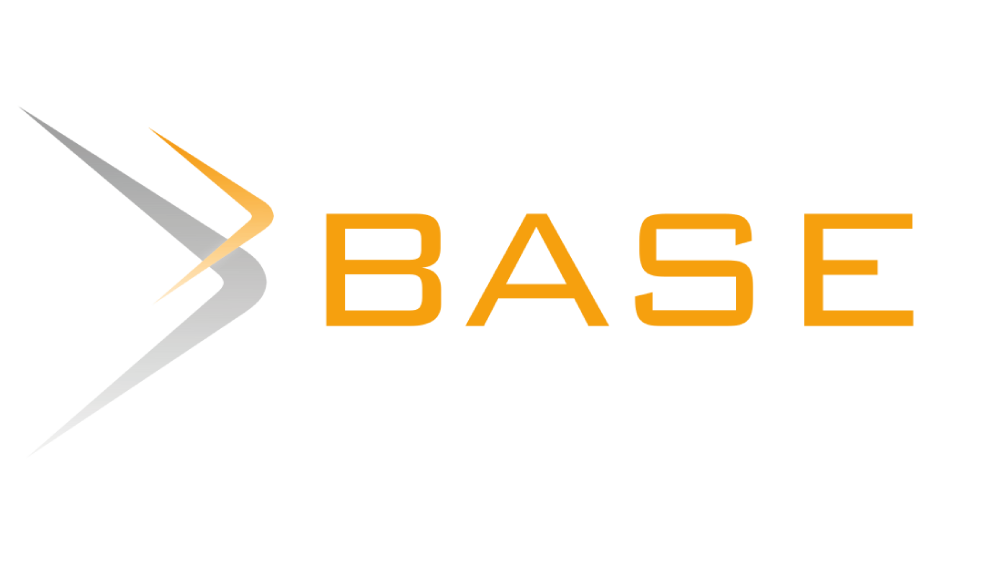Fundamental concepts and models for the direct problem
Palavras-chave:
Mecânica computacional, Integridade de materiais, Modelos do problema diretoSinopse
This book series is an initiative of the Post Graduate Program in Integrity of Engineering Materials from UnB, organized as a collaborative work involving researchers, engineers, scholars, from several institutions, universities, industry, recognized both nationally and internationally. The book chapters discuss several direct methods, inverse methods and uncertainty models available for model-based and signal based inverse problems, including discrete numerical methods for continuum mechanics (Finite Element Method, Boundary Element Method, Mesh-Free Method, Wavelet Method). The different topics covered include aspects related to multiscale modeling, multiphysics modeling, inverse methods (Optimization, Identification, Artificial Intelligence and Data Science), Uncertainty Modeling (Probabilistic Methods, Uncertainty Quantification, Risk & Reliability), Model Validation and Verification. Each book includes an initial chapter with a presentation of the book chapters included in the volume, and their connection and relationship with regard to the whole setting of methods and models.
Capítulos
-
Chapter 1 - Introduction to the Direct Problem: Materials, Technologies, and Discrete Modeling
-
Part I - Technologies, Structural Integrity & Material Modeling
-
Chapter 2 - Technologies and Materials Issues Related to Naval and Ocean Engineering
-
Chapter 3 - New Advances in Thermoplastic Commingled Composites: Processing and Molecular Dynamics
-
Chapter 4 - The Influence of Weaving Patterns on the Effective Mechanical Response of Reinforced Composites - A Study Through Homogenization
-
Chapter 5 - Auxetic Structures: Parametric Optimization, Additive Manufacturing, and Applications
-
Chapter 6 - Additive Manufacturing of Ti-Alloys for Aerospace, Naval and Offshore Applications
-
Chapter 7 - Review of Low Cycle Fatigue: Issues in Naval and Offshore Engineering
-
Chapter 8 - Modeling of Damage in Turbine Blades for Large Deformations
-
Chapter 9 - Stresses on Expansion Joints Used in Penetrations
-
Chapter 10 - Leak-Before-Break Technology for Piping in Nuclear Industry
-
Chapter 11 - Fatigue Control in Angra Nuclear Power Plants
-
Chapter 12 - On the use of Modal Test Data in Inverse Problems: Fundamentals and Applications
-
Chapter 13 - Application of Deep Learning Techniques for the Impedance-based SHM to the Oil & Gas Industry
-
Chapter 14 - Noise, Vibration, and Health and Usage Monitoring Systems (HUMS) of Aircraft Dynamic Components
-
Chapter 15 - On Vibration Analysis and Health and Usage Monitoring Systems (HUMS) of Dynamic Components of Helicopters
-
Chapter 16 - Model-Based Parameter Identification for Helicopter Main Rotor Balancing and Tracking Using Once-per-Revolution Vibration Data
-
Part II - Discrete Modeling: Finite Element, Boundary Element, Meshfree Methods
-
Chapter 17 - Finite Element Method for Structural Integrity Problems
-
Chapter 18 - An Application of Finite Element Method and Sensitivity Analysis in Structural Dynamics
-
Chapter 19 - The Boundary Element Method for Potential Problems
-
Chapter 20 - The Boundary Element Method for Structural Problems
-
Chapter 21 - The Boundary Element Method for Damage Modeling
-
Chapter 22 - Application of Roving Mass Technique Associated with Wavelet Transform to Structural Damage Detection and Localization
-
Chapter 23 - Local Mesh Free Methods in Linear Elasticity and Fracture Mechanics
-
Chapter 24 - Meshless smoothed point interpolation methods for damage modelling
-
Chapter 25 - A New Non-Iterative Reconstruction Method for Solving a Class of Inverse Problems
-
Book Series: Editors - Bio & Back Cover
Downloads

Publicado
Licença

Este trabalho está licenciado sob uma licença Creative Commons Attribution-NonCommercial-NoDerivatives 4.0 International License.



